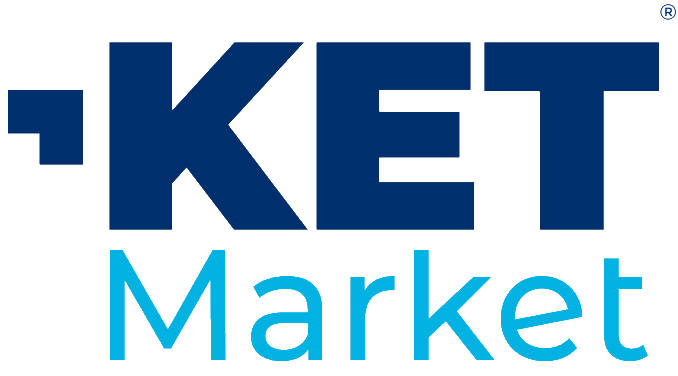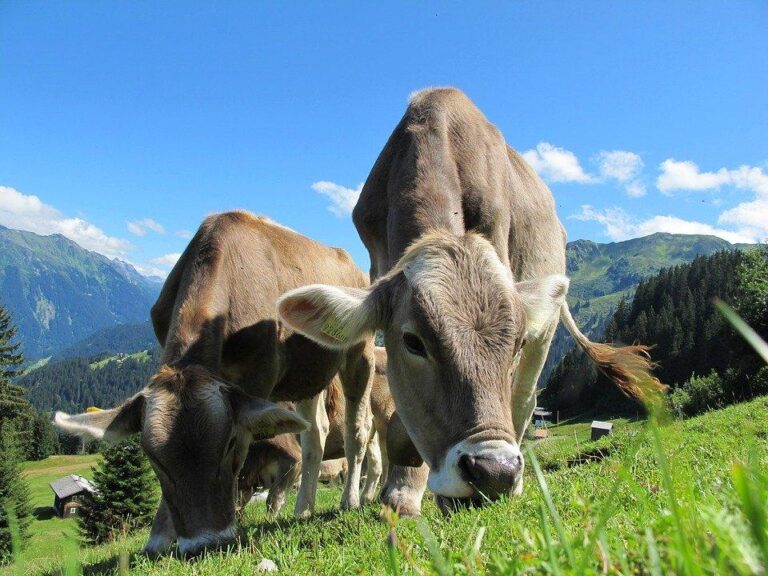Each year, around 140 million tonnes of raw milk is produced across Europe which requires an average energy input of 18 400 GWh. To put that into perspective, that’s enough to power Lithuania’s 1.35 million households for a year.‘Most of the energy in dairy is used for heating and cooling,’ said Dr Christoph Glasner from the Fraunhofer Institute for Environmental, Safety, and Energy Technology in Germany.“‘We would like to help the dairy industry, and food industry in general, to use less water – by reusing it.’Dr Thomas Michael Scherer, Fraunhofer Institute for Interfacial Engineering and Biotechnology, GermanyPasteurising and processing raw milk into cheese, yoghurt, curd or fresh milk, to name just a few, all require different degrees of heating and cooling. Then there is the energy demand for equipment sterilisation and lighting as well as the transport of dairy products, which is always chilled.While some researchers are working to reduce the emissions fromdairy cows themselves, others are looking to make an impact on the production side.SUSMILK, an EU-funded project, is looking to save energy in the dairy industry by testing energy efficient and renewable technologies in different dairies across Europe.‘We see a lot of potential for improvements by using technology that can easily fit into the dairy industry,’ said Dr Glasner, who is also the project manager of SUSMILK.EnergyOne of their dairies is in Spain and processes 50 000 litres per day and makes three types of cheese. They are testing combined solar and biomass heat systems to power parts of its facility. At another Spanish dairy, they are testing a chiller which takes in waste heat and uses this energy to power its refrigeration.In a German dairy, they are testing a gas-driven and a high-temperature heat pump to evaluate energy savings. SUSMILK is also testing a technology to concentrate milk, thereby reducing dairies’ transport emissions.‘By reducing the volume of milk you can reduce the amount of trucks on the roads,’ said Dr Glasner. ‘This milk concentrate could be very good for ice cream, cheese and yoghurt.’To reduce energy demand, researchers are looking at alternative methods, such as solar panels, to power dairy farms. Image courtesy of Queizúar SL and SOLARFOCUS GmbHTo help other dairies become more efficient, SUSMILK will share the potential of these technologies atwww.greendairy.netand offer another platform to identify ways to save resources.‘We want to offer an online calculator where dairies can enter their characteristics and get answers on how to make improvements,’ said Dr Glasner.In regions with a high concentration of milk production there are not just high levels of water use, but also of water pollution.EffluentOne way to cut back the amount of water used by the dairy industry is to tackle the effluent, according to Dr Thomas Michael Scherer from the Fraunhofer Institute for Interfacial Engineering and Biotechnology in Germany.Effluent is the wastewater that comes out of a treatment plant, factory or industry and is often discharged into a river or the sea, also causing severe environmental consequences, such as vast dead zones in the oceans.However, it is possible to keep water within the dairy system and prevent these harmful impacts as well as saving resources, but first, you must identify where the water is used.The IssueUsing the by-products from one industrial process to feed into another is known as the circular economy.In December 2015, the EU set out theiraction planto help consumers and businesses maximum value and use from all raw materials.They estimate that a more circular economy couldsave businesses EUR 600m a year, and reduce annual greenhouse gas emissions by 2 to 4 %.More thanEUR 650 millionhas been set aside to fund research projects related to the circular economy under Horizon 2020.‘There are several process streams for several products which are combined in the end as an effluent,’ said Dr Scherer.For example, specific chemicals or components are added to different cheeses to get certain flavours or consistencies. Then there is the cleaning process where acids, bases and some organic agents are added to clean different machines.These sources often combine into one tank which creates a contaminated wastewater that makes it hard to treat, and the secret is to keep it separated.‘If you prevent effluents being combined, water treatment is cheaper and more efficient,’ said Dr Scherer.‘Proteins can be fractionated (separated) and be sold, whey effluent can be concentrated and conditioned to form products that can be used as a fertiliser or in other industries.‘Some water doesn’t even need to be treated at all or can be handled by common municipal wastewater treatment plants.’Dr Scherer is the project coordinator of REWAGEN, an EU-funded project developing a self-sustaining dairy wastewater treatment plant.Their system combines electrochemical technologies to treat different dairy effluents.‘The goal is that every component that is processed within the water treatment is used for something afterwards,’ said Dr Scherer.‘In the first step with electrocoalescence (an oil-water separation process) we destabilise the emulsion so fats and oils can be removed.’The wastewater is then further treated by using electrochemical coagulation and oxidation processes, which makes it easier to remove organic compounds from the water. The combination of both processes also helps save on energy.‘In the electrochemical process we produce hydrogen which is used to feed a fuel cell so the complete treatment process needs less energy,’ added Dr Scherer.Then, a final stage deionises the water using electric currents which removes dissolved salts and leaves a purified water that can be reused in dairy processes.‘We would like to help the dairy industry, and food industry in general, to use less water – by reusing it,’ says Dr Scherer.
This article was originally published in Horizon, the EU Research and Innovation magazine.
Add to favorites:
Share:
Listing Description
Video
Documents
No documents available.
Ask KETMarket to make a contact
Connect with the Listing Owner!
💬 Please log in now to askKETMarket to make a contact. Not a member yet? Sign up for free and start connecting today!
Video
Related Funding and Finance Opportunities
Unlock Exclusive Funding Opportunities!
🔑 Get instant access to tailored funding opportunities that perfectly match your needs. This powerful feature is exclusively available to our premium members—helping you save time, stay ahead of the competition, and secure the right funding faster.
Upgrade to Premium now and never miss an important opportunity again! Already a premium member? Log in here to explore your matches.
Related Innovation Offers
Discover Tailored Innovation Offers!
🚀 Gain access to technology solutions that match your specific needs and interests—carefully selected to support your innovation goals. These offers are exclusively available to our premium members, helping you identify relevant technologies faster and start the right conversations with potential partners.
Upgrade to Premium now and explore your personalized technology matches today! Already a premium member? Log in here to view your tailored offers.
Related Knowledgeable Resources
Discover More with Premium: Related Knowledge Resources
🔒 You’re missing out on expert-curated knowledge specifically matched to this topic. As a Premium member, you gain exclusive access to in-depth articles, guides, and insights that help you make smarter decisions, faster.
Whether you’re preparing a funding proposal, researching a new market, or just need reliable information—our Premium knowledge matches save you hours of research and point you directly to what matters.
Upgrade to Premium now and instantly unlock relevant knowledge tailored to your needs! Already a member? Log in here to view your personalized content.

